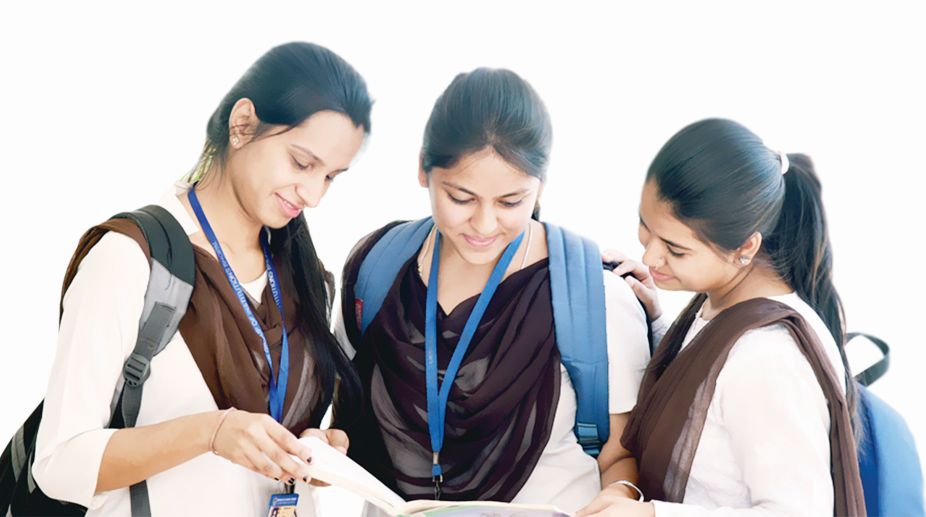Managing educational financial uncertainty during economic downturns
Education is the foundation of economic growth and social progress, yet it remains highly vulnerable to financial uncertainty during economic downturns.
Surveillance and security solutions have today travelled a long way in terms of modern advancements.

Representational Image.
In a move to further enhance the educational scenario in the capital, the Delhi Government has earmarked a record-breaking Rs 13,997 crore in its annual budget for education — primarily addressing school infrastructure and student security-related concerns.
This year’s budget allocation, which is 26 percent of the overall budget, is even higher than the last year’s record of 23.5 percent and will help in deploying 1.2 lakh CCTV cameras with every school receiving a fair share of about 150 to 200 cameras each.
Advertisement
The CCTV deployment also comes with the backdrop of the infamous Ryan International School murder case and will enable parents to live stream the video feed of their children to ingrain a sense of security. But will it actually meet the original goal or will it serve against it?
Advertisement
Only our approach is going to decide. Some local media reports also pointed out that the school management tried to destroy evidence or attempted to hide it before the police arrived. Can situations such as these be tackled by merely deploying CCTV cameras on premises?
Providing security feed to everyone also creates another layer of vulnerability, wherein anyone who has access to this feed can lead a similar criminal conspiracy.
The resolution to this problem, then, will come by deploying state-of-the-art cameras in our temples of education. But how is that going to help us? Let us try and find out.
Today’s education institutions face some tough challenges as their campuses grow, student bodies flourish and expanding facilities become harder to protect from the inherent risks of open environments.
Surveillance and security solutions have today travelled a long way in terms of modern advancements. They incorporate cutting-edge technologies such as machine learning, artificial intelligence, video analytics, and video dewarping to become more effective in their regions of deployment.
At present, such surveillance solutions are able to identify multiple cases including violence, vandalism, and even theft. They can also recognise potential threat agents, such as aggressive behaviour as well as knives and other weapons, and help in taking the most appropriate action in a timely fashion.
Such surveillance devices automatically trigger a response in the concerned department along with a recorded feed of the incident and a real-time feed. The authority can analyse the inference with the on-ground realities and can contain the situation timely, thereupon preventing any fateful incident.
Also, these video analytics and artificial intelligence-based solutions can help us improve the educational scenario at large by non-intrusively keeping a track of the classroom and the performance of teachers.
As yet another advantage, incorporating these solutions will help in reducing the number of deployed devices, thereby decreasing the overall cost of installation.
Doing so will also decrease the post-deployment bandwidth and storage requirement, bringing greater cost-efficiency while simultaneously increasing the effectiveness of these solutions.
Student data can also be integrated for facial recognition so that parents are able to get the feed of their children, irrespective of where they are. This will also make sure that no criminal conspiracy surfaces as an outcome of the security feed available to all.
We understand that traditionally, institutions have operated as open-learning environments, where students, faculty and staff can enter and exit relatively freely at no cost or without excessive security screening.
However, securing a young, vulnerable segment of the population —one that is constantly increasing in size and complexity is becoming increasingly difficult when the challenges and emergencies these schools face are more unpredictable each year.
The writer is regional director, South Asia, Oncam
Advertisement